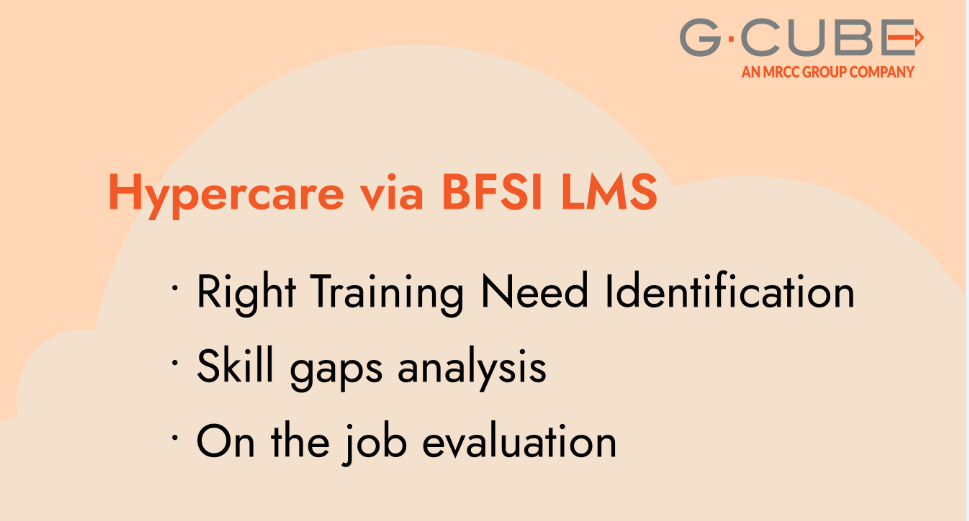Sales is a dynamic field, always keeping a workforce on its toes!
Even the most stalwart workers need to be constantly developing. Competing in a market and flourishing in it are two very different things.
An effective sales training program should aim to develop confidence in a team, so that problems gradually disappear with practice. For your organization to flourish, you need to pay careful attention to staff development, especially in virtual sales training.
Previously, performance was evaluated purely on sales numbers, but there is much more to it nowadays. Employees must be equipped to build customer satisfaction, trust, and positive experience throughout the sales cycle.
Enabling sales workforces
Adopting a two-way approach while developing training plans, assessing both current capabilities and assessing future demand, can give you an edge.
Change is the only constant in this era of virtual selling. The past years have caused much anxiety about how the world and its industries will change. Thankfully, most emerging trends are already becoming clear, for rest of them we should accelerate our team.
Your clients, who have been through challenging times with your business, can provide invaluable insights and predictions about transitions, desired behaviors, and expectations.
Characteristics of profitable sales training methodologies
The sales training bar is set much higher than 20 years ago. Training options can be accessed online through Google, YouTube, LinkedIn, Yelp, etc. Forbes identifies four shifts that could drive sales in 2020 and beyond: Most importantly, most of the action will be happening virtually. Introducing changes overnight will not only make a team anxious but also undermine the success of the training. So, how do you plan to prepare your people?
The science of learning and an agile learning solution focusing on audience behavior, organizational requirements, and desired impact can greatly benefit the modern sales set up during the time of uncertainty. To encourage your employees to be open to new concepts, experiments, risk-taking, ideas, quickly act, and continuously learn you may introduce a learning framework that works for your culture.
Tool-based intervention
Our daily interactions have swiftly moved from 75% physical to 75% virtual. These changes mean that speech recognition, facial recognition, real-time language translation, 3D virtual experiences, Artificial Intelligence (AI), the Internet of Things (IoT), and other technologies are becoming ever common in people’s daily experience. Is your team equipped to handle these changes and quickly adapt?
You need targeted training for these new tools and technologies if you want to take your team swiftly from beginner to advanced level. Microlearning pertains to building a highly efficient agile learning culture, so to avoid overwhelming them, you might consider introducing the knowledge in short bursts.
Targeted skills training
How employees interact with customers, deliver on their ambiguous expectations, and can have empathy to handle customer behavior can be integrated into the learning methodology.
The high performing teams will require the new age skills. Taking them from rudimentary selling approach to holistic ‘buyer first’ approach will give the competitive edge.
Every organization is unique: Try to optimize your training for your own purposes to really make the team passionate about it.
Building confidence/awareness
Among virtual interactions through Zoom meetings, virtual training, online negotiations, and other forms of virtual communication, team members are often craving deeper human interaction. Training them in affective behaviors around themes of social justice, shared well-being, purpose-oriented buying, etc., will make it easier for them to absorb changes more smoothly.
The priorities of both organizations and customers are shifting: Increasingly important are speed to value, flexibility, adaptability, and responsiveness to market needs. Making these evolving expectations clear to your sales team will help them to understand the need for more demanding, focused, strategic, and mindful approaches.
As the world continues to redefine itself, sales professionals with greater experience and knowledge, and more agile capabilities, will have an edge.
There are multiple paths you can take to train your sales team. Reach out to G-Cube for help in combatting the challenges. We can help you to deliver a distinct learning experience leveraging advanced technologies.







